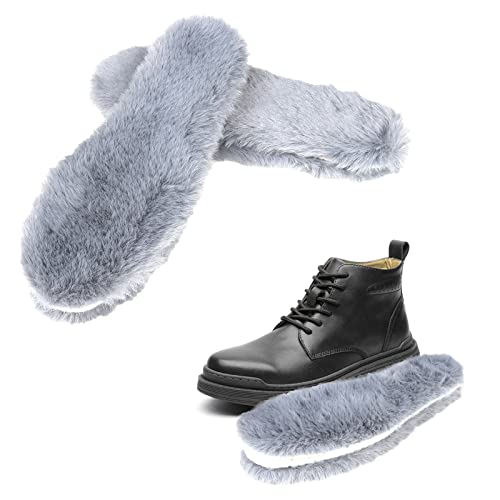It looks like fur mites to me, too. The mites are VERY tiny, and are difficult to see even in white fur... and the mites would blend in very well with the color fur you have on your bunny there.

Diatomaceous Earth (DE) is very effective for most cases of fur mites, and doesn't involve medication. You can get it at many feed stores. One of my local feed stores sells it by the pound, another by the 50-pound bag. :shock: Needless to say, I buy it by the pound (it's about $1.25/pound here, and a pound will do plenty of dustings).
You take a couple of tablespoons worth of it and apply it to the fur, especially on the back and back of the neck, working it into the fur. Apply once a week for at least four weeks, to take care of hatching eggs.
You will have your very own dust bunny. Try to keep it out of eyes and noses. It is microscopically razor-sharp, which could irritate eyes and lungs, but is otherwise harmless to people and bunnies. The sharp edges scratch the protective surfaces of bugs and arachnids, though, causing them to dehydrate and die.
Alternatively, Ivermectin can be used. It should not be used in rabbits with certain genes, such as the Vienna gene, which is responsible for things like white paws, white nose, white blaze on forehead, etc. It seems that many of these rabbits don't tolerate Ivermectin, but most rabbits do fine with it.































